Unraveling Erdheim-Chester Disease: Insights and Challenges in the Faroe Islands

This article examines Erdheim-Chester Disease (ECD), a rare histiocytic disorder, focusing on its challenges in the Faroe Islands. It explores ECD’s epidemiology, genetic and environmental factors, and the unique diagnostic and therapeutic hurdles in isolated regions, advocating for tailored healthcare approaches and international collaboration.
Acute Intermittent Porphyria in Bhutan: Challenges and Opportunities for Diagnosis and Management in a Remote Himalayan Setting

Acute Intermittent Porphyria (AIP) is a rare metabolic disorder causing life-threatening attacks due to heme biosynthesis defects. In Bhutan, limited healthcare, geographic isolation, and lack of diagnostics hinder AIP management. This article explores challenges, reviews global literature, and recommends telemedicine, training, and regional collaboration for improvement.
Unraveling Spinocerebellar Ataxia Type 3 in Greenland: Genetic Insights and Community Impact

This article examines Spinocerebellar Ataxia Type 3 (SCA3) in Greenland, highlighting the genetic prevalence of the ATXN3 mutation and potential founder effects in the Inuit population. It addresses socio-cultural challenges, limited healthcare access, and proposes culturally sensitive public health interventions and genetic counseling for affected communities.
Takayasu Arteritis in Greenland: Challenges in Diagnosis and Management in a Remote Arctic Region

Takayasu Arteritis (TA), a rare vasculitis, poses significant challenges in remote Arctic regions like Greenland due to limited healthcare access, cultural barriers, and diagnostic delays. This article explores TA’s epidemiology, autoimmune basis, and management difficulties, offering recommendations like telemedicine and culturally sensitive care to improve outcomes.
Takayasu Arteritis in Suriname: Challenges in Diagnosis and Management in a Resource-Limited Setting
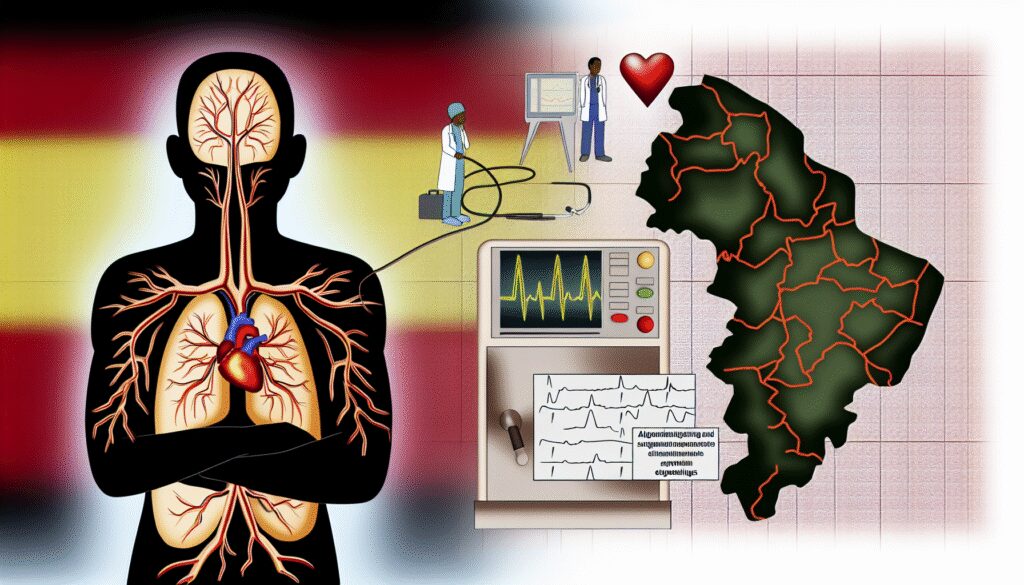
This article examines the challenges of diagnosing and managing Takayasu Arteritis (TA), a rare vasculitis, in resource-limited Suriname. It highlights barriers like limited access to specialized care, diagnostic tools, and therapies, leading to delayed diagnosis and suboptimal outcomes. Recommendations include capacity building and regional collaboration to improve care.
Guillain-Barré Syndrome in the Faroe Islands: Exploring Incidence and Environmental Triggers
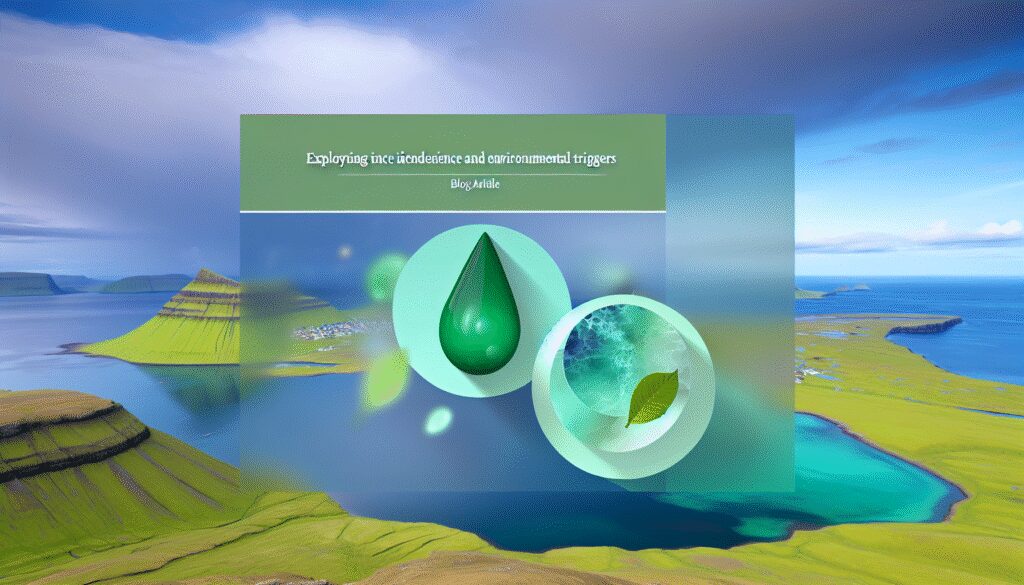
This article explores Guillain-Barré Syndrome (GBS) in the Faroe Islands, a small North Atlantic archipelago. It examines potential environmental triggers like high fish consumption and marine biotoxins, alongside infections and vaccinations. The study emphasizes the need for localized research to understand GBS risks in isolated populations.
Creutzfeldt-Jakob Disease in Algeria: Challenges in Diagnosis and Public Health Response
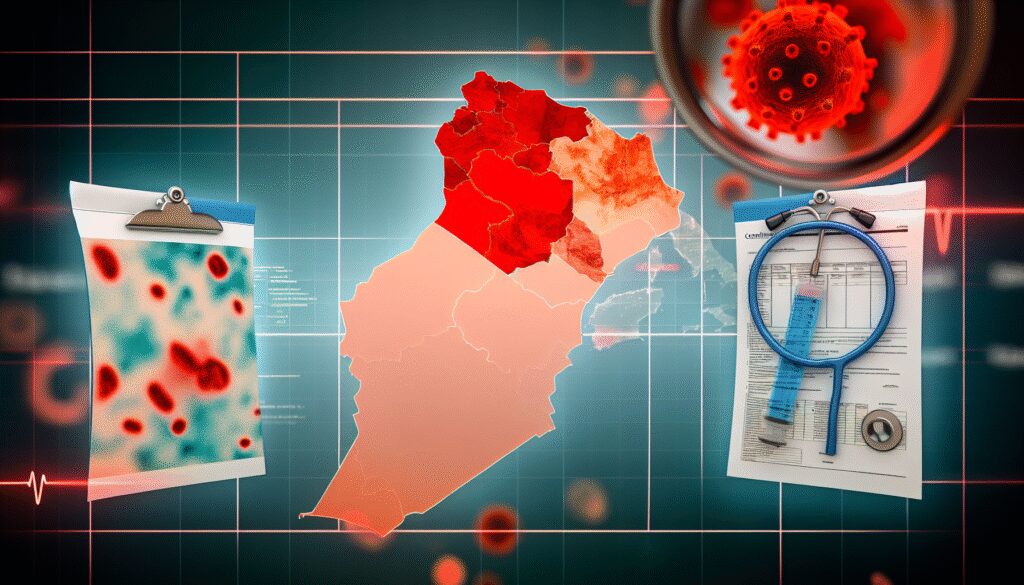
This article explores the challenges of diagnosing and managing Creutzfeldt-Jakob Disease (CJD) in Algeria, highlighting limited resources, lack of specialized tools, and low awareness among healthcare providers. It discusses barriers to early detection, underreporting, and the need for improved surveillance, training, and international collaboration to address this fatal neurodegenerative disorder.
Chagas Disease in French Polynesia: Challenges in Detection and Management in a Non-Endemic Pacific Region
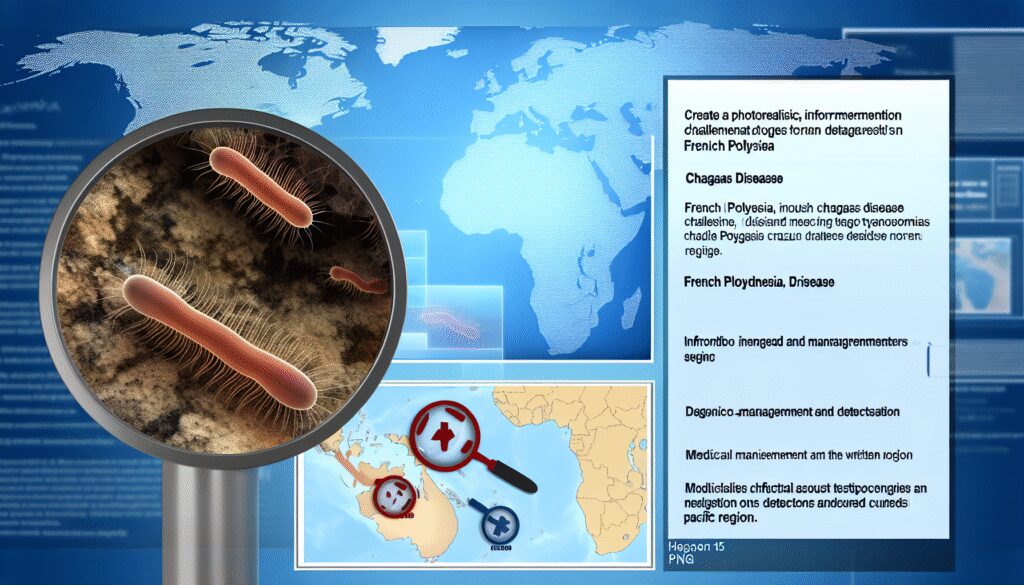
This article explores the potential emergence of Chagas disease in French Polynesia, a non-endemic Pacific region, due to migration and globalization. It highlights challenges in detection and management, limited healthcare resources, and low awareness, while offering recommendations for enhanced surveillance, diagnostics, and regional cooperation to address this neglected tropical disease.
Uncovering Niemann–Pick Disease in Greenland: Challenges and Opportunities in a Remote Population
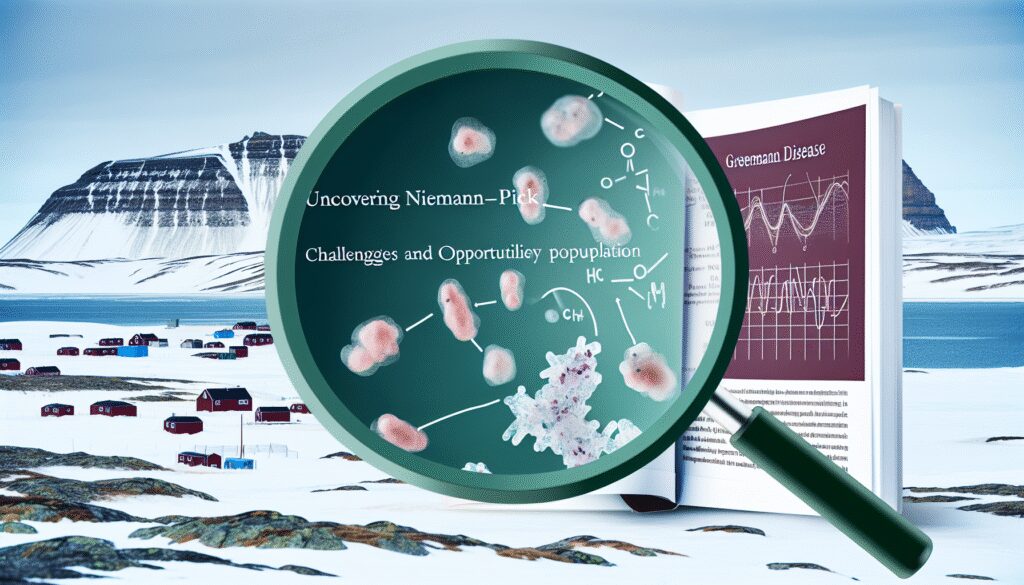
This article examines the challenges of diagnosing and managing Niemann-Pick Disease (NPD) in Greenland, a remote Arctic region with limited healthcare access. It highlights the impact of geographical isolation, cultural factors, and genetic predisposition, advocating for tailored solutions like telemedicine and genetic screening to improve outcomes.
Guillain-Barré Syndrome in Greenland: Challenges and Insights from a Remote Arctic Population
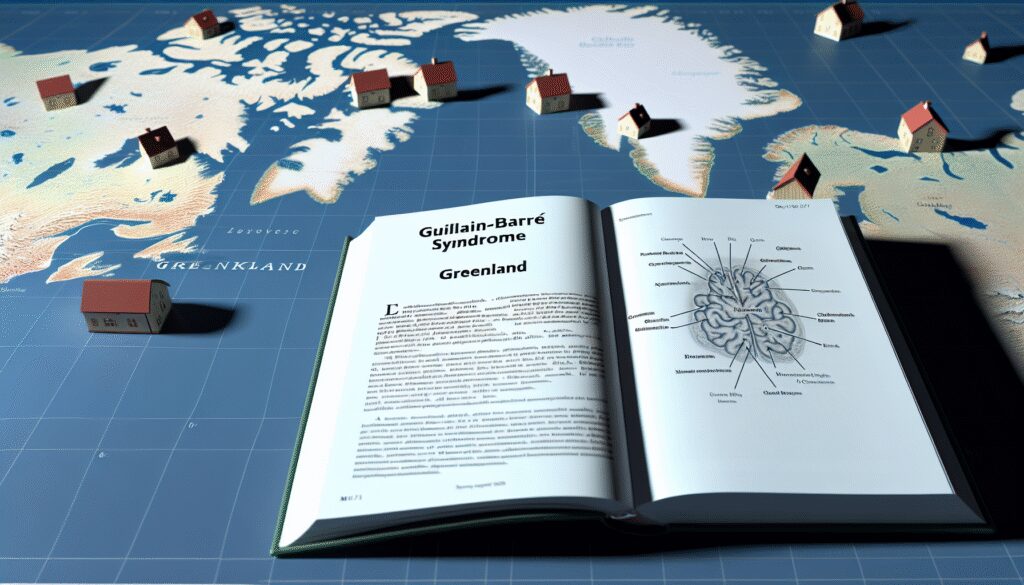
This article examines the challenges of diagnosing and managing Guillain-Barré Syndrome (GBS), a rare neurological disorder, in Greenland’s remote Arctic environment. It highlights logistical, cultural, and medical barriers, explores GBS etiology, including infection and vaccine links, and offers recommendations like telemedicine and community education to improve outcomes.
